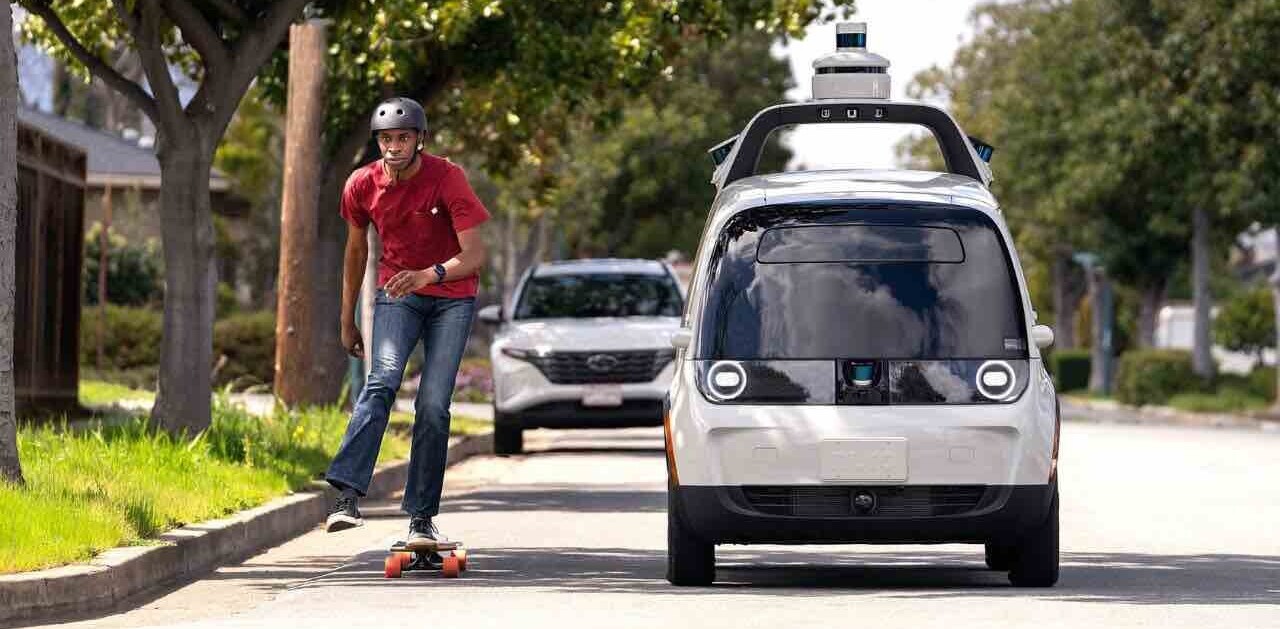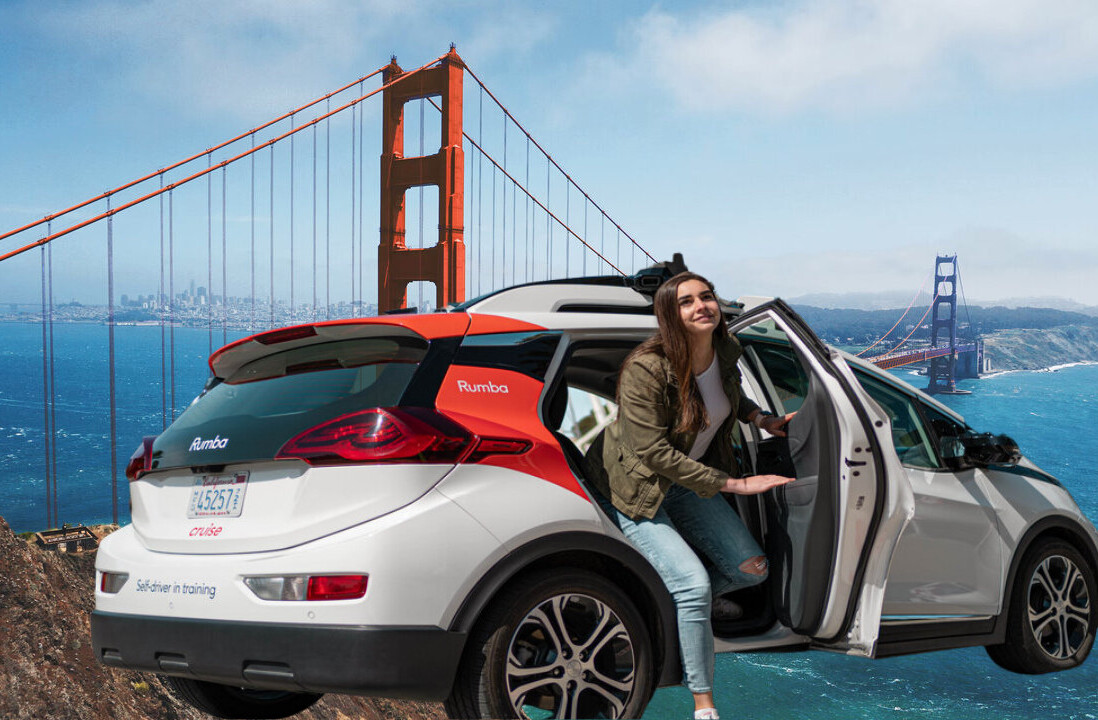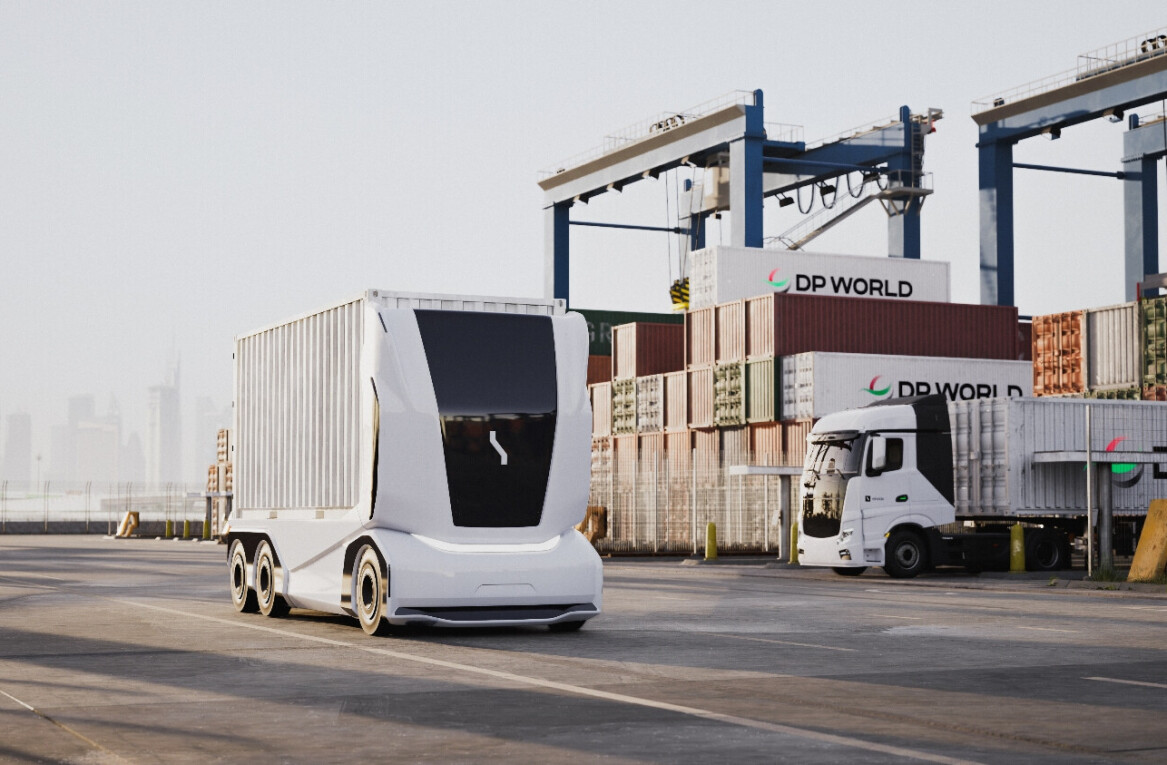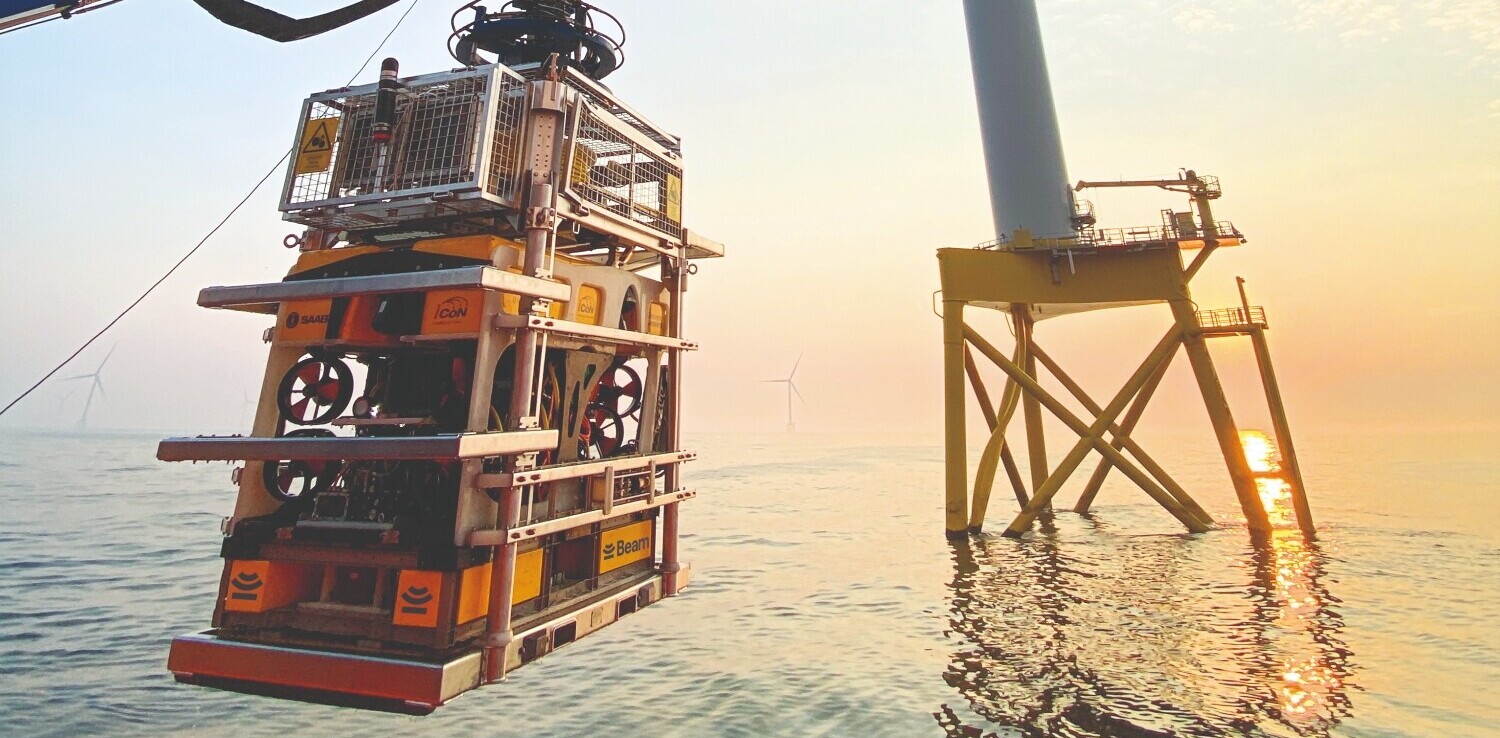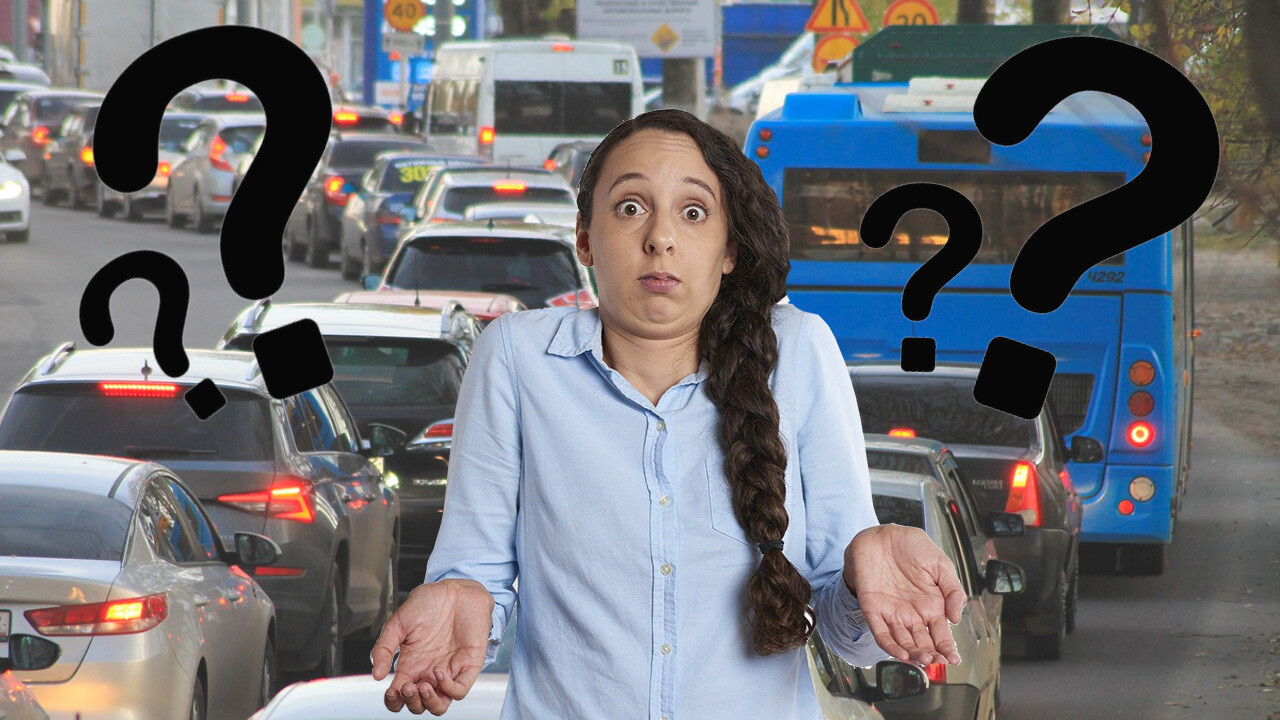
Your new car is packed with a bunch of driver-assist features. But that doesn’t exactly make it an autonomous vehicle. So what’s the difference?
What is driver-assist?
Driver-assist is also called Advanced Driving Assistance Systems (ADAS). It refers to, and encompasses functions and technology that augment the driving experience of the driver. These include:
- Blindspot detection.
- Front, rear, and cross-traffic alerts.
- Collision avoidance.
- Lane departure warning.
- Forward and side collision warning.
- Adaptive cruise control.
- Park assist.
For example, Volvo’s driver-assist functionality is called Volvo Pilot Assist and provides steering assistance to help the driver stay within lane markings on a road.
It provides audible, visible, and brake pulse warnings upon detecting cars, bikes, or pedestrians unexpectedly. If a collision is imminent, the car can brake automatically. It also helps maintain a set speed and the distance between your car and the vehicle ahead.
What is an autonomous vehicle?
An autonomous vehicle comes with technology to enable it to drive without any assistance from a human driver. It’s able to make decisions of its own volition and respond in real-time in response to the challenges of the road, such as oncoming traffic, turns, and traffic lights.
Tesla has a subscription feature called “Full Self-Driving” (or FSD). Despite a name that suggests otherwise, Tesla’s FSD is not self-driving but a driver-assist system. As you can see in the video below, Tesla still requires a lot of testing:
The company admitted last year in emails to the California DMV, that its subscription service is not self or autonomous driving.
To recap:
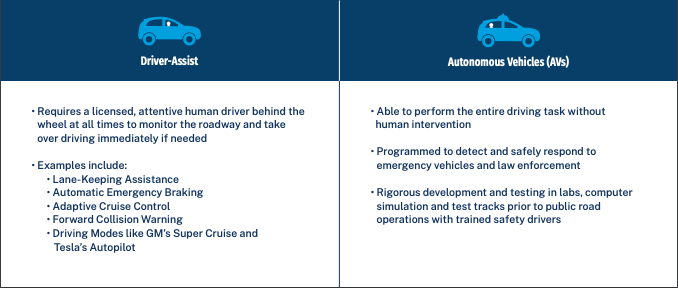
The five levels of vehicle automation
There are five levels to categories of vehicle automation, originally defined in 2018, which have further evolved as the technology has advanced over the last few years.
Driver Assist programs typically fall under Level 2 meaning they require an alert driver able to take the wheel at all times.
Level 3 and 4 vehicle automation places limits on specific environments and conditions of vehicle automation.
For example, in December 2021, the German Federal Motor Transport Authority (KBA) granted Mercedes-Benz system approval of a Level 3 autonomation pilot to enable drivers to engage in activities like watching films while driving — applications that are otherwise blocked while driving under certain conditions. (It’s not publicly released yet).
L4 autonomous driving does not require human intervention, but the driver still has the option to manually override and take over control of the car.
By comparison, Level 5 is a car that is able to make decisions completely independently – the car is the driver. A driverless car can include no driver’s seat, steering wheel, gas pedal, or even brakes.
A small number of autonomous vehicles are commercially available — albeit in beta testing programs — for ride-hailing and delivering goods:
Waymo One
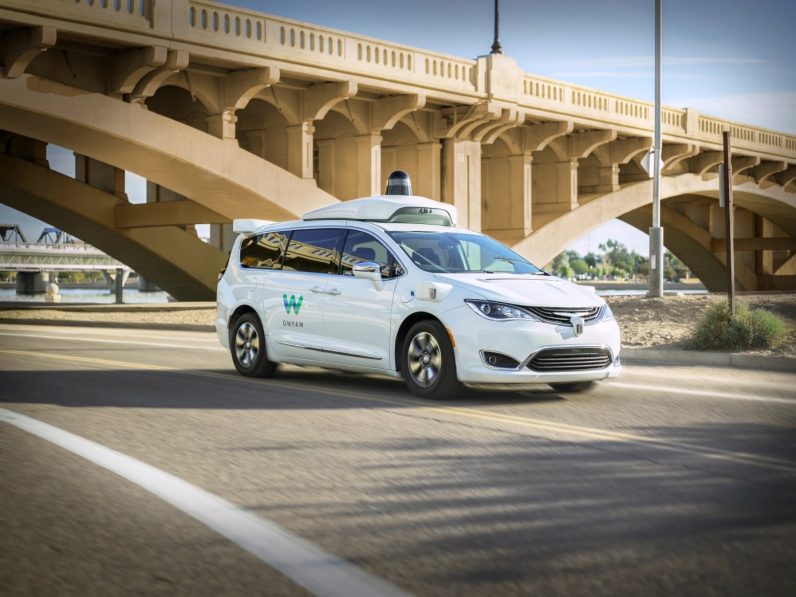
Google’s Waymo One became the first service provider to offer driverless taxi rides to the general public in a part of Phoenix, Arizona in 2020, with an expansion of the program to San Francisco.
People can hail the cars via smartphone, with travel restricted to certain areas within the city where the vehicles have been extensively tested.
Nuro
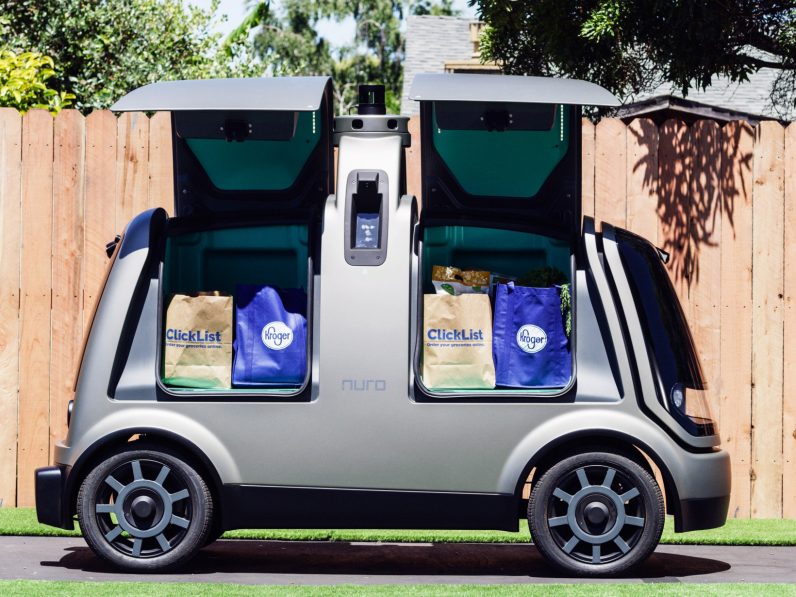
Nuro is the first-ever autonomous vehicle to receive an approved exemption from the National Highway Traffic Safety Administration. These exemptions remove the requirement for safety measures such as interior mirror, windshield, and backup camera requirements that are only designed to provide safety benefits for occupants — these are not necessary as the vehicle holds no occupants.
Nuro was the first company granted a commercial deployment permit by the State of California.
The company currently operates its delivery vehicles in Silicon Valley, Houston, and Greater Phoenix.
TuSimple
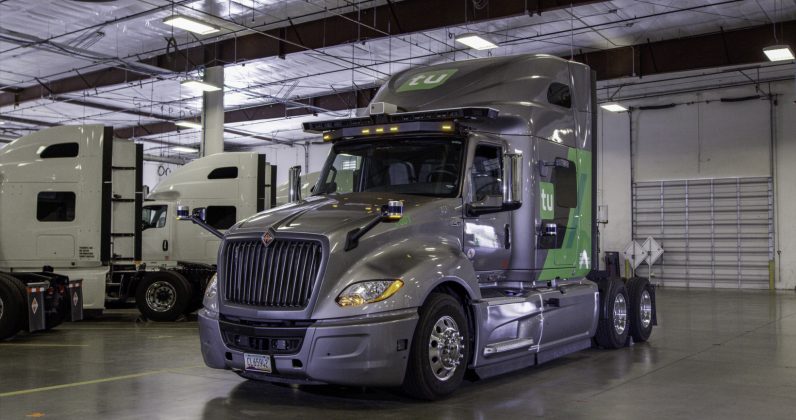
In late December, truck company TuSimple became the first business to achieve a successful fully-autonomous run by a class 8 vehicle, or semi, on open public roads with no human intervention. One of its semi-trailer trucks completed an 80-mile route in Arizona.
Vehicle technology is evolving rapidly, making it vital to have legal frameworks and industry standards. But in a competitive market, where automakers have promised vehicle automation for a long time, there are still a lot of challenges. Stay tuned as we dig into these in more detail.
Get the TNW newsletter
Get the most important tech news in your inbox each week.
